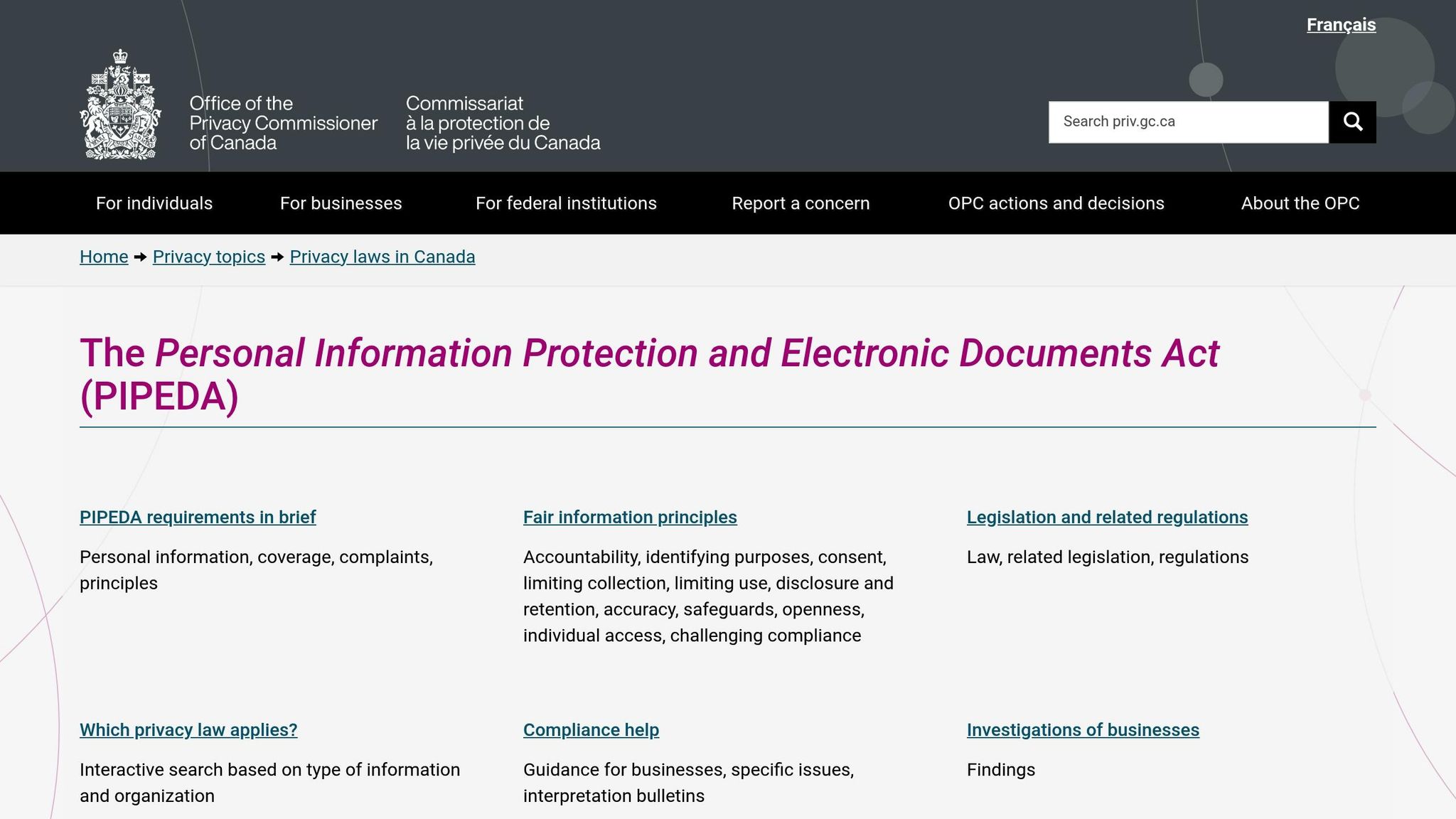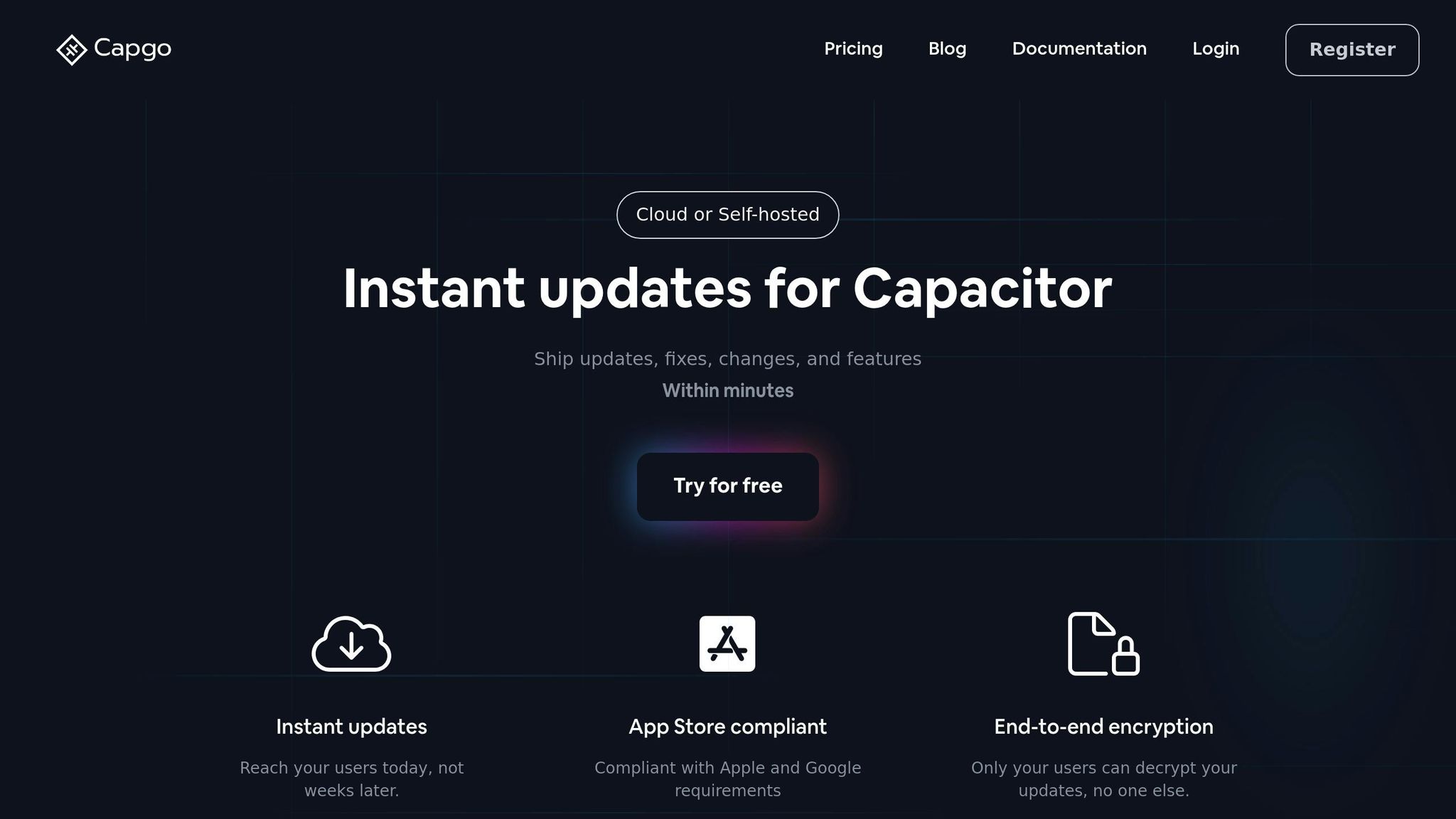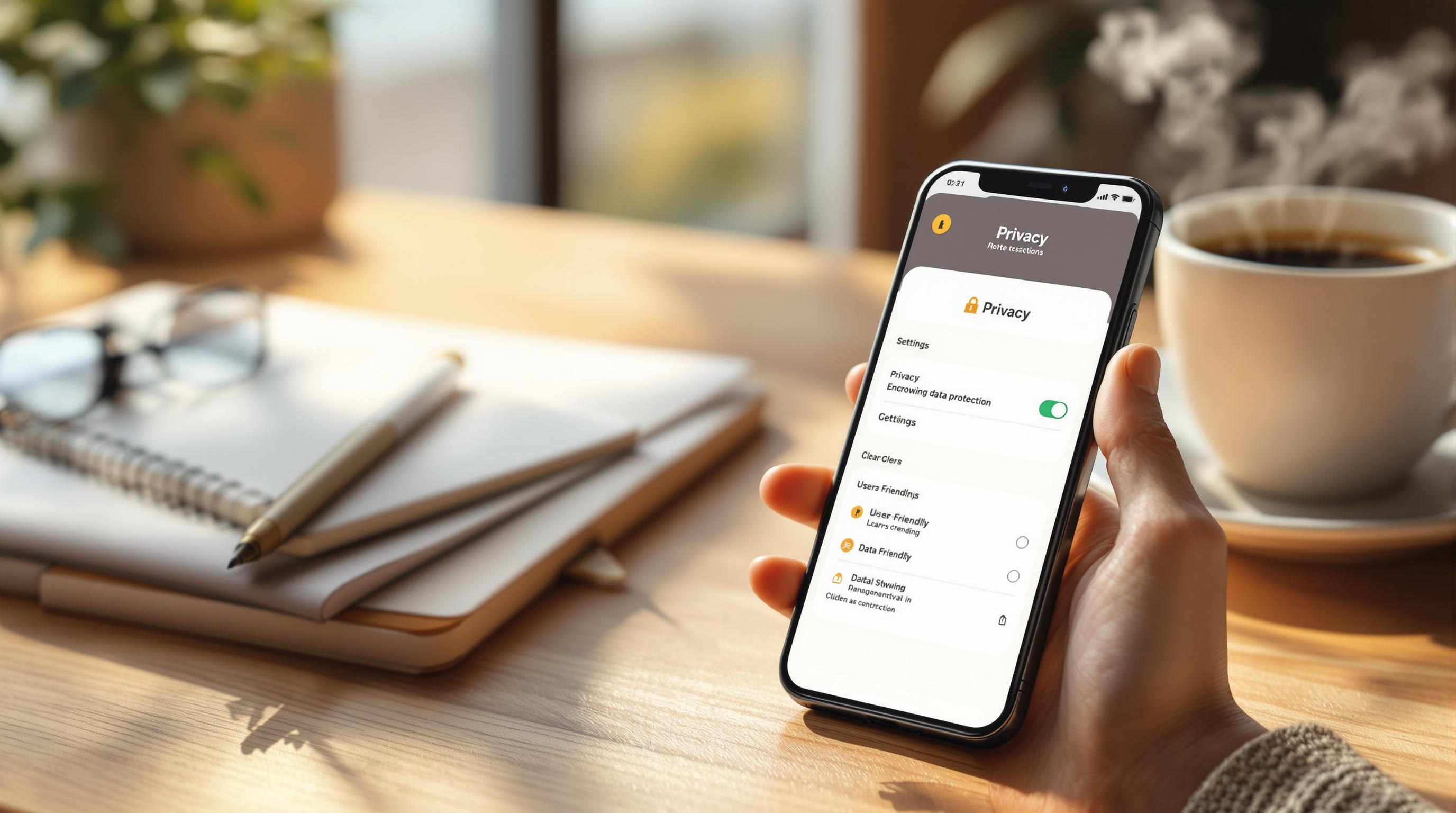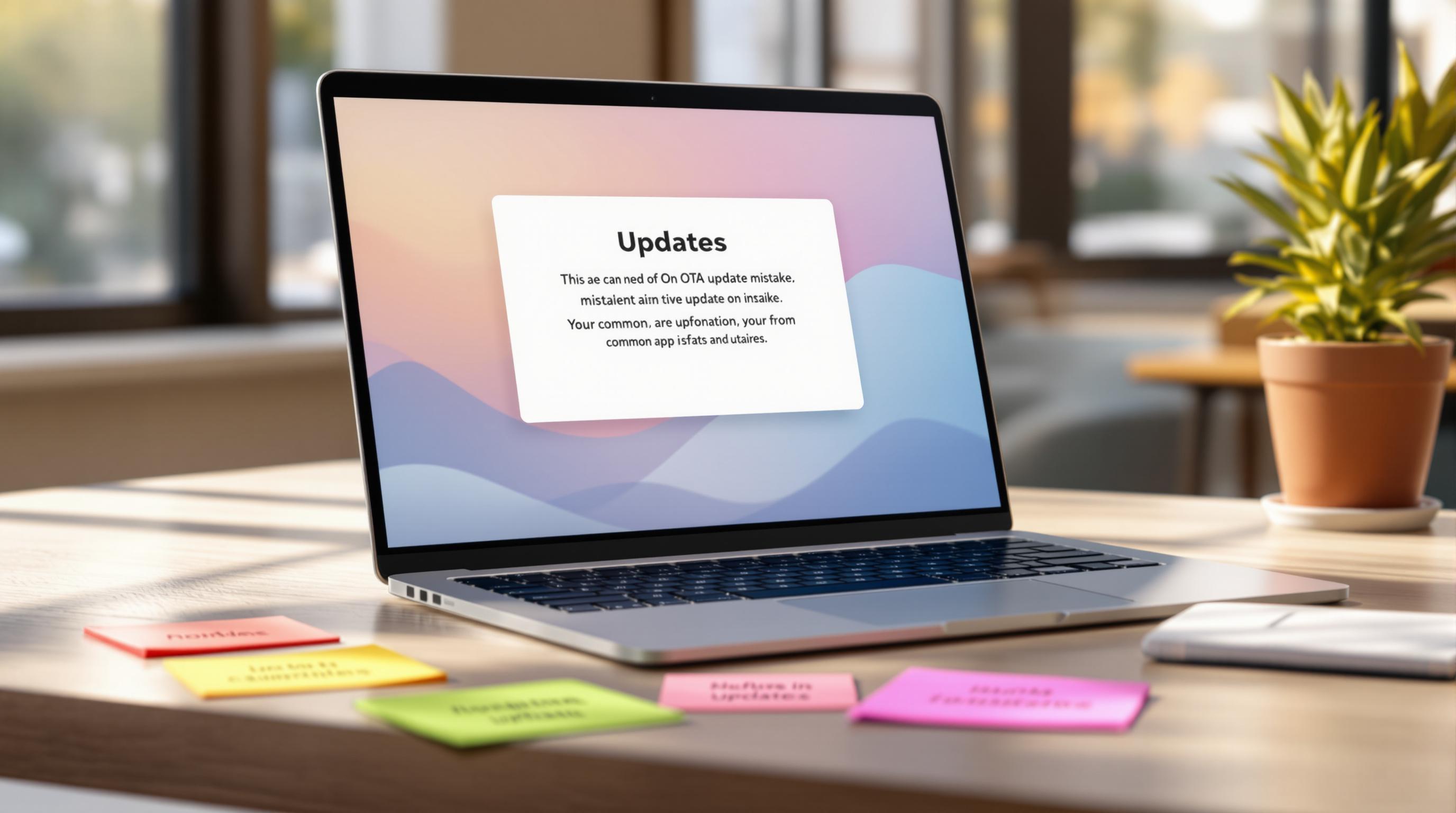Want to make your mobile app compliant with Canadian privacy laws? Here’s what you need to know about PIPEDA:
- What is PIPEDA? Canada’s federal privacy law that governs how apps collect, use, and share personal information like names, locations, and payment data.
- Key Rules for Developers:
- Get clear user consent before collecting data.
- Provide easy-to-understand privacy notices and settings.
- Encrypt data and use strong security measures.
- Allow users to view, update, or delete their data.
- 10 Compliance Steps: Assign a privacy officer, document data handling, secure sensitive data, and respond quickly to breaches.
- Special Considerations: Explicit consent is required for sensitive data like health or financial info. Apps must also ensure international data transfers meet PIPEDA standards.
PIPEDA: Your Guide to Data Privacy in Canada

10 Core PIPEDA Rules for Apps
These ten rules outline essential steps for app developers to comply with PIPEDA and protect user data.
Data Protection Responsibilities
App developers must put in place strong data protection measures to meet PIPEDA’s accountability requirements. Key steps include:
- Assigning a dedicated privacy officer
- Keeping detailed records of data inventories
- Performing privacy impact assessments
- Creating clear protocols for responding to data breaches
Organizations should document how they handle data and be ready to show compliance if needed. Sensitive data access should also be tracked through audit logs.
These measures are crucial for managing user consent, which is covered in the next section.
User Permission Requirements
Under PIPEDA, apps must secure clear and informed consent before collecting personal data. Here’s what that involves:
- Clear Purpose: Clearly explain why data is being collected.
- Granular Controls: Allow users to opt in or out of specific data types.
- Timing: Obtain consent before or at the time of data collection.
- Plain Language: Use simple, easy-to-understand terms.
- Essential Information: Make key privacy details readily available.
- Detailed Explanations: Provide additional privacy information through resources like FAQs or privacy policies.
For sensitive data, such as health or financial details, explicit consent is mandatory.
Security and Data Quality Standards
Strong security and data quality practices are a must to protect user information. Below is a breakdown of key requirements:
| Security Requirement | Implementation Example |
|---|---|
| Data Encryption | Use end-to-end encryption for data transfers |
| Access Controls | Apply multi-factor authentication for admin access |
| Regular Updates | Release timely security patches and conduct vulnerability checks |
| Data Accuracy | Provide tools for users to review and update their information |
| Breach Detection | Implement real-time monitoring and alert systems |
When dealing with sensitive data like location or financial information, apps should use top-tier encryption and secure storage methods. If third-party services are involved, ensure they follow the same security standards, backed by regular audits, data quality reviews, and secure data deletion processes.
PIPEDA Compliance Checklist
Privacy Risk Assessment Steps
Start with a privacy risk assessment to identify potential weaknesses in how data is handled:
| Assessment Area | Key Considerations | Required Actions |
|---|---|---|
| Data Collection | Types of personal information gathered | Document data types and their purposes |
| Data Storage | Location and security of stored data | Use encryption protocols |
| Data Sharing | Third-party services and APIs | Verify partner compliance |
| User Controls | Access to personal information | Develop tools for user data management |
| Security Measures | Protection against breaches | Set up monitoring systems |
Use analytics to keep risks under review. Once this is done, create a clear privacy policy for your app.
Writing Clear Privacy Policies
Craft a privacy policy that’s easy to understand and provides full transparency about your practices. Include the following:
1. Data Collection Scope
Explain what personal data you collect, why you collect it, and provide specific examples.
2. User Rights and Controls
Describe how users can view, update, or delete their personal data. Make sure to include measures like end-to-end encryption for added security.
3. Third-Party Sharing
List any external services that receive user data, along with reasons for sharing it. Keep a record of all data-sharing arrangements and the safeguards in place.
Once your privacy policy is finalized, incorporate these standards into your development workflow.
Privacy-First Development
Building on the risk assessment and privacy policy, focus on integrating privacy into every stage of app development. Here’s how:
- Enable instant rollbacks to address any privacy issues quickly.
- Use controlled channels for testing new features.
- Encrypt all update transmissions.
Continuous Privacy Integration
- Add privacy checks to your CI/CD pipeline.
- Schedule regular security audits.
- Monitor the success of updates to ensure smooth implementation.
“We practice agile development and @Capgo is mission-critical in delivering continuously to our users!” - Rodrigo Mantica [1]
Error Prevention
- Keep detailed audit logs for accountability.
- Develop thorough error tracking systems.
- Ensure logs are comprehensive for effective monitoring.
PIPEDA Rules for App Features
Location Data and Notifications
Apps that handle location data must follow specific PIPEDA requirements:
- Get explicit user consent before collecting location data.
- Offer clear options to opt out of location tracking.
- Allow users to disable tracking whenever they want.
- Clearly explain how location data is used and stored.
For push notifications, PIPEDA has additional rules:
- Request notification permissions separately from location access.
- Clearly state why notifications are needed.
- Provide flexible settings so users can control notification preferences.
- Allow users to update notification settings at any time.
Payments and External Services
When it comes to payments, apps must ensure strong security under PIPEDA:
- Use industry-standard encryption for all transactions.
- Store payment data with PIPEDA-compliant security protocols.
- Keep detailed transaction logs for transparency.
- Implement multi-factor authentication for added protection.
For third-party integrations, PIPEDA requires:
- Documenting how data is shared with external services.
- Including privacy and security clauses in service agreements.
- Ensuring third-party security practices meet PIPEDA standards.
- Clearly disclosing data-sharing practices to users.
Data Storage and Removal
Proper data storage and removal processes are key to staying compliant.
Storage Requirements:
- Use secure servers located in approved jurisdictions.
- Encrypt sensitive transactional data.
- Separate sensitive information from less critical data.
- Maintain encrypted backups for recovery purposes.
Data Removal Protocol:
- Offer users clear options to delete their accounts.
- Remove user data promptly upon request.
- Ensure deletion includes all associated records.
- Keep documented procedures for data removal.
Retention Guidelines:
- Define how long data will be kept.
- Archive inactive data securely.
- Destroy data beyond the retention period in a secure and documented way.
Capgo’s PIPEDA-Ready Updates

Secure Update Features
Capgo uses a fully encrypted update management system designed to align with PIPEDA requirements. Its security features include:
- End-to-end encrypted update deployment
- Version control with detailed audit trails
- Granular access control settings
- Protected rollback options
“The only solution with true end-to-end encryption, others just sign updates” [1]
This setup ensures updates are delivered quickly while maintaining compliance with strict security standards.
Quick App Updates
Capgo combines strong security with fast update delivery to meet regulatory needs. Impressively, 95% of active users receive updates within 24 hours. To date, 23.5 million updates have been rolled out across 750 production apps [1].
The platform also provides real-time monitoring, instant deployment of security patches, and flexible hosting options to address data sovereignty concerns.
Open-Source Benefits
Capgo is entirely open source, allowing teams to avoid vendor lock-in and verify the platform’s compliance capabilities [1].
With this transparency, teams can:
- Inspect and verify security measures
- Tailor compliance features to their needs
- Self-host for complete control over data
- Maintain comprehensive audit trails
Capgo’s channel system further supports controlled rollouts, enabling teams to test updates for compliance before full-scale deployment. This ensures every update adheres to PIPEDA standards.
Long-term PIPEDA Compliance
Regular Privacy Reviews
Schedule quarterly audits to assess key areas like data collection practices, consent processes, third-party data sharing, retention periods, and security measures. Use a detailed checklist to document each review. Keep track of changes in app features and regulatory updates to pinpoint areas that need adjustments.
These audits help establish a strong foundation for staff training and emergency response plans.
Staff Privacy Training
Provide privacy training that includes:
- Initial onboarding sessions
- Quarterly refreshers
- Role-specific compliance guidelines
- Real-world case studies
- Interactive workshops
From day one, ensure staff understand their responsibilities regarding compliance. Regular training should cover topics like managing user data requests, handling consent withdrawals, addressing privacy complaints, and implementing privacy-focused design principles. Use case studies and workshops to make the training more practical and engaging.
A well-prepared team is critical for handling incidents quickly and effectively.
Emergency Response Plans
Create a clear emergency response plan with defined steps:
- Identify and evaluate incidents based on pre-established criteria, using a dedicated response team.
- Contain the breach immediately by documenting all details and notifying affected users and authorities within the required timeframes.
- Restore systems, update security measures, and revise privacy policies after the incident. Review and update the plan every six months.
Set specific response time goals to ensure compliance and accountability:
| Action Item | Response Time Target | Documentation Required |
|---|---|---|
| Initial Breach Assessment | Within 1 hour | Incident Report Form |
| User Notification | Within 24 hours | Notification Template |
| Authority Report | Within 72 hours | PIPEDA Breach Report |
| Post-Incident Review | Within 7 days | Analysis Summary |
Summary: PIPEDA Compliance Benefits
Following PIPEDA guidelines for mobile apps builds trust and encourages user engagement. By prioritizing user privacy and adopting clear data handling practices, apps can maintain stronger connections with their users.
Key Benefits of PIPEDA Compliance
- Increased User Trust: Transparent privacy policies and clear data practices show users that their information is handled responsibly.
- Legal Safeguards: Staying within PIPEDA regulations reduces the risk of privacy-related legal issues and fines.
- Market Edge: A focus on privacy helps boost a company’s reputation in a marketplace where data protection matters.
These benefits are evident in user feedback. Capgo’s contributions highlight the value of compliance:
“The community needed this and @Capgo is doing something really important!” [1]
“@Capgo is a must have tools for developers, who want to be more productive. Avoiding review for bugfix is golden.” [2]
Meeting PIPEDA standards not only builds trust but also ensures long-term success in a market where privacy is a priority.




